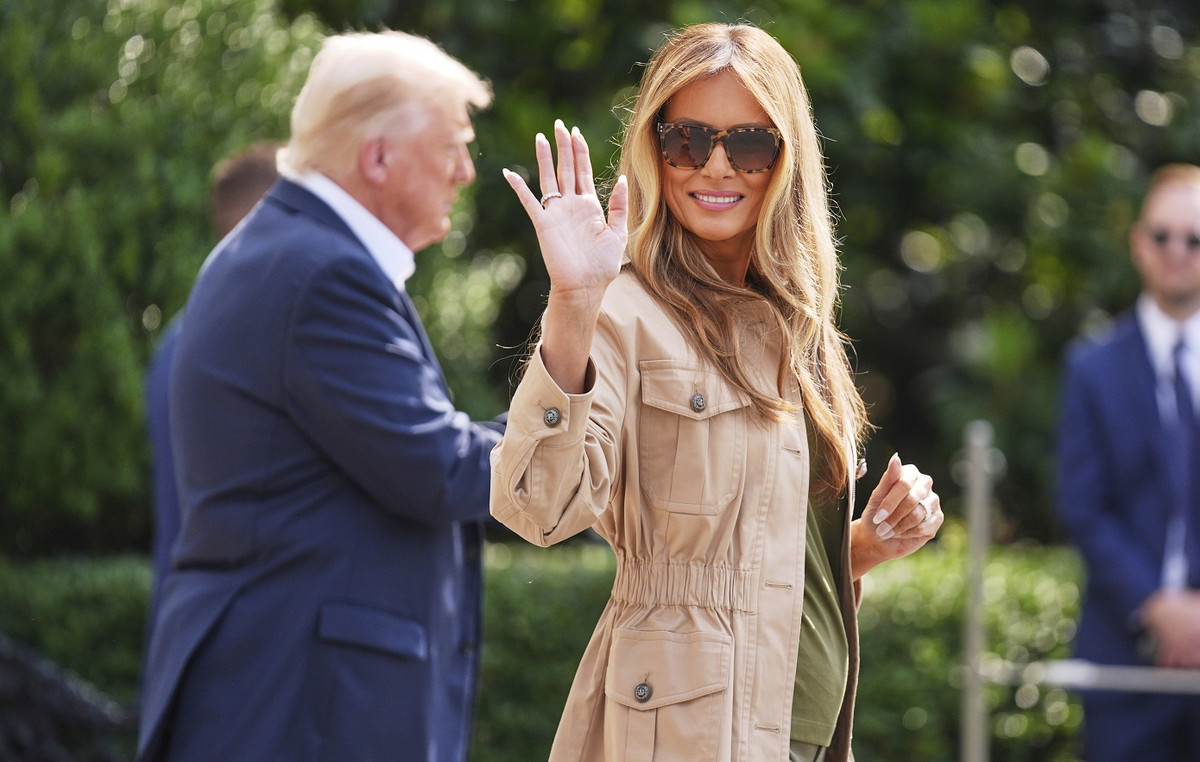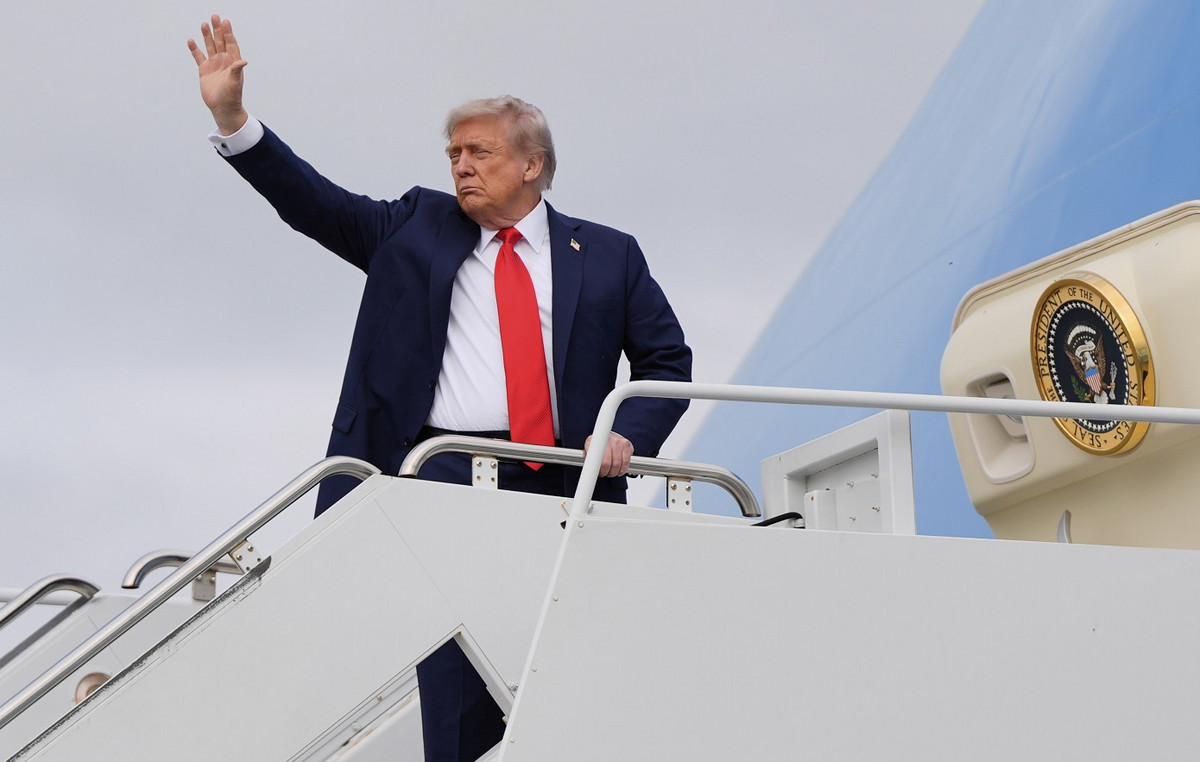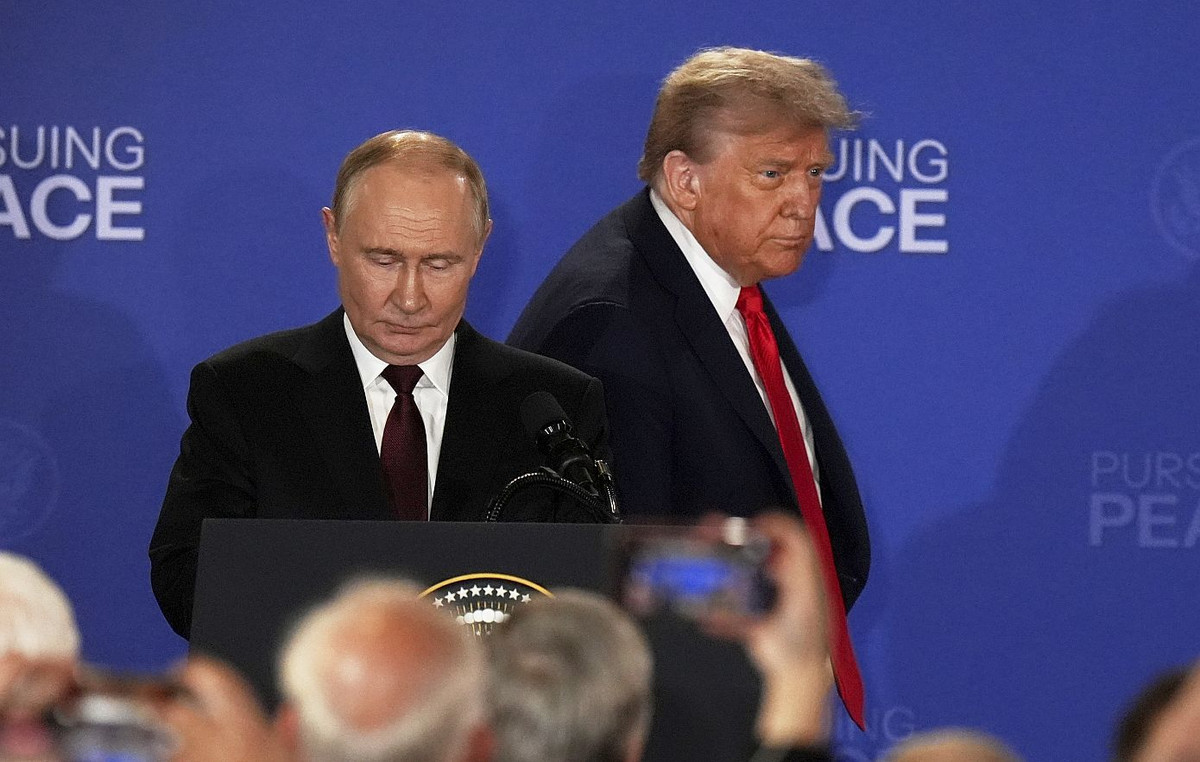An international team of scientists tasked with understanding how the coronavirus pandemic began released its first report on Thursday, saying all hypotheses remain on the table, including a possible laboratory incident.
The 27-member scientific advisory group convened by the World Health Organization (WHO) said available information suggests the virus has passed from animals to humans, but some gaps in key data do not allow a full understanding of the origins of the pandemic.
The team, called the Scientific Advisory Group on the Origins of New Pathogens (SAGO), was formed last year to recommend other areas of study to better understand the origins of the pandemic and the emergence of future pathogens.
“Studying the origins of any new pathogen or pandemic is incredibly difficult,” said Dr. Maria Van Kerkhove, WHO Covid-19 Technical Lead for its Health Emergencies Program. “There is a lot more work that needs to be done, in China and elsewhere.”
Here are the main findings of the report:
animal origins
Current data suggest a zoonotic origin of SARS-CoV-2 – meaning the virus originated in animals and jumped to humans.
The most closely genetically related viruses were the beta coronaviruses identified in bats in China and Laos, according to the advisory group.
“However, so far neither the progenitors of the virus nor the natural/intermediate hosts or the spillover event to humans have been identified,” the report said.
The group pointed to published research of animals sold at the Huanan Seafood Market in Wuhan, where the virus was first identified.
Between 2017 and 2019, research showed that several species known to be susceptible to SARS-CoV-2, such as raccoon dogs and red foxes, were present on the market. But these animals were not sampled in the studies presented to the team by guest Chinese scientists.
The group said more information was requested on studies involving the testing of these animals, as well as farm-of-origin tracing and serological investigations on people who farmed and sold or traded the animals.
The seafood market
Another area the group has identified for further study is the Huanan seafood market in Wuhan, which investigations suggest “played an important role in initiating the amplification of the pandemic.”
Several of the patients first detected in December 2019 had a link to the market, and environmental samples from the market tested positive for the virus, according to the report.
However, once again, large gaps remain.
It is unclear how the source of the virus was introduced to the market and where the initial leakage to humans took place, the group said, adding that follow-up studies have not been completed.
“There is a need to examine environmental samples collected from specific stalls and drains in the market in January 2020 that tested positive for SARS-CoV-2 in areas known to sell live animals,” the group said.
“Other essential studies include detailed mapping of the luxury trade of wild/domestic animals sold in Wuhan City and Hubei Province, and clinical history and seroprevalence of SARS-CoV-2 antibodies in humans and animals from farms of origin of animals sold in the United States. markets in Wuhan,” the report said.
The lab leak theory
The advisory group’s preliminary report said it “remains important to consider all reasonable scientific data” to assess the possibility that Covid-19 has spread to the human population through a laboratory incident.
However, the group said there was “no new data available” to evaluate this theory and recommended further investigation “in this and all other possible avenues”.
Essentially, because laboratory leaks have happened in the past and there is no new data available, the group said this theory cannot be ruled out.
Three members from Russia, Brazil and China opposed this recommendation, “due to the fact that, from their point of view, there is no new scientific evidence to question the conclusion” of a March 2021 WHO report outlining the theory. of the laboratory leak as “extremely unlikely.”
That report has come under intense scrutiny, with the US government expressing concerns about its independence and credibility and WHO Director-General Tedros Adhanom Ghebreyesus admitting that its authors had problems accessing data in China.
However, experts have strongly condemned the theory of a laboratory origin of the virus, saying there is no evidence of such origins or a leak.
“We still don’t have the answers”
The team also had access to unpublished blood samples from 40,000 donors in Wuhan between September and December 2019, and reported having been tested for Covid antibodies. Their samples may contain crucial signals from the first human-produced antibodies against the disease.
According to the report, more than 200 samples initially tested positive for the antibodies, but when tested again they were not found to be positive. The advisory group said it requested more information about the data and methods used to analyze the samples.
Likewise, the group recommended further study of 76,000 Covid patients identified in the months prior to the initial outbreak in Wuhan in December 2019 and which were subsequently discounted.
The group also said it supported further investigations anywhere in the world where there was “firm evidence” of coronavirus in humans before the recognized outbreak.
The preliminary report was based on peer-reviewed studies by the researchers, who were only able to assess information made available to them through published reports or guest scientist presentations.
On Thursday, WHO Director-General Tedros said it had been two and a half years since Covid-19 was first identified, but “we still don’t have the answers about where it came from or how it entered the world.” human population.”
He insisted on the importance of scientific work being kept separate from politics.
“The only way for this scientific work to progress successfully is with the full collaboration of all countries, including China, where the first cases of SARS-CoV-2 were reported,” he said.
CNN’s Katherine Dillinger contributed reporting.
Source: CNN Brasil







